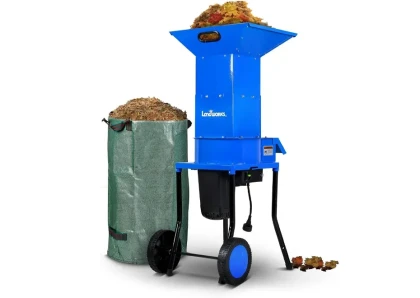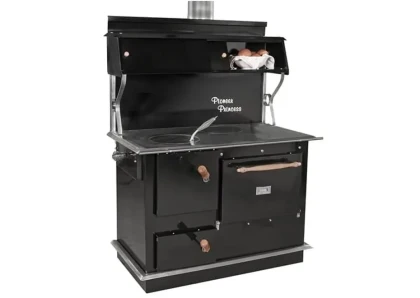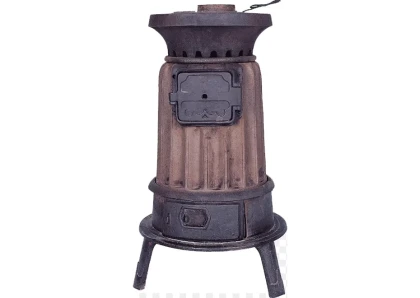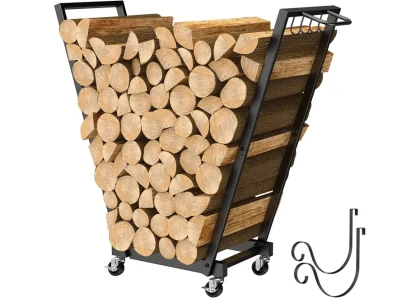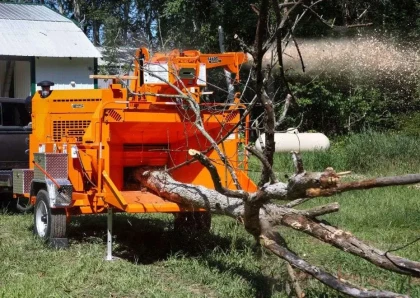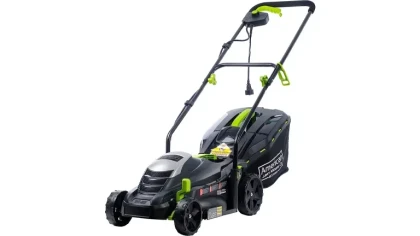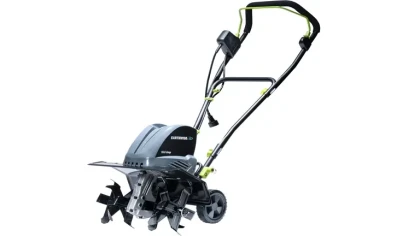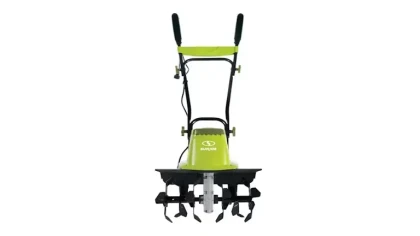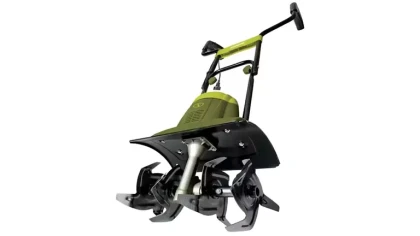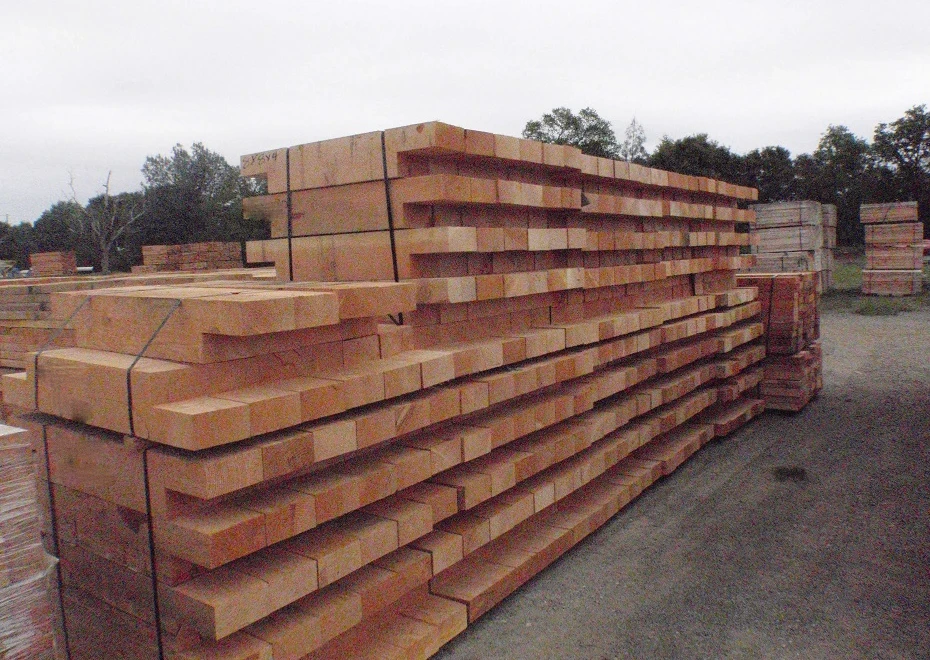
Shoring Material/Cribbing
Overview
Shoring Material/Cribbing serves as a temporary structure specifically designed to provide essential support during construction, excavation, and other works where there is a need to stabilize or reinforce the weight of soil, rock, or other materials. This crucial equipment is available in various forms, including wooden beams, steel frames, or concrete blocks, and is assembled strategically to distribute the load and prevent structural failures or collapses.
Wooden shoring material/cribbing, often referred to as cribbing, is a common choice due to its versatility and ease of use. It typically consists of interlocking wooden beams or planks stacked in a crisscross pattern to create a stable and secure support structure. Steel shoring material offers exceptional strength and load-bearing capacity, making it ideal for heavy-duty applications where higher support is required. Concrete cribbing, on the other hand, provides exceptional stability and durability, making it suitable for long-term projects or situations with demanding load-bearing requirements.
What are the different types of Shoring Material/Cribbing?
There are many different types of Shoring Material/Cribbing, each with its own advantages and disadvantages. Some of the most common types include:
- Wood cribbing: Wood cribbing is the most common type of cribbing. It is relatively inexpensive and easy to assemble. However, wood cribbing is not as strong as other types of cribbing and is not suitable for use in areas where there is a high risk of collapse.
- Steel cribbing: Steel cribbing is stronger than wood cribbing and is more resistant to collapse. However, steel cribbing is more expensive and more difficult to assemble.
- Concrete cribbing: Concrete cribbing is the strongest type of cribbing. It is very resistant to collapse and can support very heavy loads. However, concrete cribbing is the most expensive type of cribbing and is the most difficult to assemble.
Different types of wood can be used for Shoring Material/Cribbing.
The most common types of wood used for Shoring Material/Cribbing are Douglas fir, Southern Pine, and Oak.
- Douglas fir is a strong and durable wood that is well-suited for use in Shoring Material/Cribbing. It is also resistant to rot and decay, making it a good choice for outdoor use.
- Oak is a hardwood that is known for its strength and durability. It is a good choice for Shoring Material/Cribbing that will be used in high-traffic areas and where a high level of aesthetic appeal is desired.
- Southern Pine is a softwood that is known for its affordability and ease of working with. It is not as strong or durable as Douglas fir or oak, but it is a good choice for Shoring Material/Cribbing that will not be used in high-traffic areas.
Here are some additional tips for choosing the right type of wood for Shoring Material/Cribbing:
- Consider the weight of the load that needs to be supported.
- Consider the risk of rot and decay.
- Consider the cost.
- Consider the ease of working with the wood.
- Consider the aesthetic appeal of the wood.
What are the applications of Shoring Material/Cribbing?
Shoring Material/Cribbing is used in a variety of applications, including:
- Excavations
- Foundations
- Trenches
- Slopes
- Buildings
- Bridges
- Tunnels
Benefits of using Shoring Material/Cribbing
There are many benefits to using Shoring Material/Cribbing, including:
- Safety: Shoring Material/Cribbing can help to prevent accidents and injuries by providing support for excavations, foundations, trenches, slopes, buildings, bridges, and tunnels.
- Stability: Shoring Material/Cribbing can help to stabilize excavations, foundations, trenches, slopes, buildings, bridges, and tunnels, reducing the risk of collapse.
- Cost-effectiveness: Shoring Material/Cribbing can be a cost-effective way to provide support and stability for excavations, foundations, trenches, slopes, buildings, bridges, and tunnels.
Cons of using Shoring Material/Cribbing
There are some potential drawbacks to using Shoring Material/Cribbing, including:
- Time: Shoring Material/Cribbing can take time to assemble, which can delay projects.
- Labor: Shoring Material/Cribbing can require specialized labor to assemble, which can increase costs.
- Disposal: Shoring Material/Cribbing can be difficult to dispose of, which can create environmental concerns.
Treated options for Shoring Material/Cribbing
Shoring Material/Cribbing can be enhanced through the application of different chemical treatments to improve its durability and resistance against issues such as rot, decay, and insect infestation. These treatments are aimed at enhancing the performance and longevity of the material, making it better suited for use in demanding or harsh environments.
Chemical treatments can include preservatives or protective coatings that provide a barrier against moisture, UV radiation, and other environmental factors that can degrade the material over time. These treatments help to minimize the risk of rotting or decay, ensuring that the Shoring Material/Cribbing remains structurally sound and reliable for extended periods.
Additional tips
- When choosing Shoring Material/Cribbing, it is important to consider the weight of the load that needs to be supported, the risk of collapse, and the cost of the Shoring Material/Cribbing.
- Shoring Material/Cribbing should be assembled properly and securely.
- Shoring Material/Cribbing should never be overloaded.
- Shoring Material/Cribbing should be inspected regularly for damage and make repairs as needed.
What is the cost of Shoring Material/Cribbing?
The cost of Shoring Material/Cribbing varies based on factors such as wood type, size, quantity, and any additional treatments required. Different wood types have varying price points based on availability, durability, and quality. Custom or larger sizes may also incur higher costs. Additional treatments for durability or resistance can impact the overall cost, including materials and labor. To obtain an accurate estimate, it is advisable to request quotes from suppliers or manufacturers considering factors like location and quantity.
Where can I buy Shoring Material/Cribbing?
Discover high-quality shoring material/cribbing at Forestry. Trust us to provide top-notch options that meet your shoring material/cribbing needs. With our commitment to quality and customer satisfaction, find the perfect shoring material/cribbing for your project. Contact us now to explore our extensive selection.
- We offer wholesale and bulk buying options for shoring material/cribbing
- Wide variety of shoring material/cribbing
- Variety of grades and treatment options
- Knowledgeable team
- On-time completion
- Satisfaction guarantee
Conclusion
Shoring Material/Cribbing is a versatile and important tool that can be used in a variety of applications. By understanding the different types of Shoring Material/Cribbing, their applications, and their benefits, you can make an informed decision about whether or not to use them for your next project.




